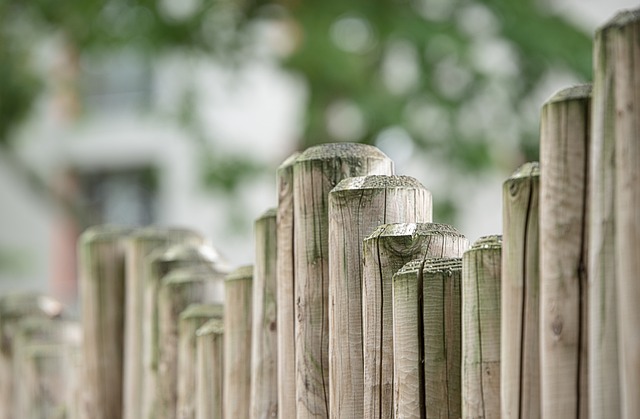New Bedford homeowners investing in a privacy fence face a delightful challenge—maintaining its aesthetics and functionality. This article guides you through the essential elements of privacy fence maintenance, from understanding your fence’s unique needs to adopting effective cleaning and inspection routines. We explore tailored repair tips for various materials, ensuring longevity. Furthermore, seasonal care advice and long-term preservation strategies will help safeguard your investment, allowing you to enjoy a secure, visually appealing outdoor space for years to come.
- Understanding Your Privacy Fence's Needs
- Regular Cleaning and Inspection Routine
- Repairs and Maintenance Tips for Different Materials
- Seasonal Care and Long-Term Preservation Strategies
Understanding Your Privacy Fence's Needs
Privacy fences are an investment in your home’s security and comfort, so understanding their specific needs is crucial for long-term maintenance. New Bedford’s diverse weather patterns, from harsh winters to hot summers, can take a toll on various fence materials. Wood, for instance, requires regular sealing and painting to prevent rot and decay. On the other hand, vinyl fences are more durable but still need cleaning and inspection for cracks or damages.
Regular maintenance checks should include inspecting posts, rails, and gates for any signs of weakness or wear. Keep an eye out for loose or missing boards in wooden fences or faded colors in vinyl. Pruning nearby trees and shrubs is also essential to ensure there’s adequate airflow and sunlight reaching the fence, promoting better health and longevity.
Regular Cleaning and Inspection Routine
Maintaining your privacy fence is an ongoing task for New Bedford homeowners, but it’s a simple process when broken down into regular cleaning and inspection routines. Start by clearing away any debris, leaves, or twigs that have accumulated on top of the fence over time. Use a pressure washer or a brush to remove stubborn dirt and grime, ensuring you follow the manufacturer’s instructions for safe use. Regularly inspect your fence for any signs of damage, such as warped boards, loose posts, or broken chains. Addressing these issues promptly will prevent them from escalating and causing more significant problems down the line.
Make it a monthly habit to walk along your privacy fence, checking each section carefully. Look for gaps that may have opened up due to shifting soil or weather damage. Tighten any loose components and replace any damaged boards or hardware to maintain the structural integrity of your fence. Regular cleaning and inspections not only enhance the aesthetic appeal of your property but also ensure your privacy is maintained, providing a secure outdoor space for you and your family.
Repairs and Maintenance Tips for Different Materials
Whether your fence is made of wood, vinyl, or metal, regular maintenance is key to keeping it in good condition. For wooden fences, check for rot or damage and repair or replace any broken sections promptly. Apply a fresh coat of paint or sealant every few years to protect against the elements and prolong its lifespan. Vinyl fences require minimal upkeep; simply clean them with a soft brush and mild detergent. Inspect for cracks or warping, and use silicone spray to maintain their flexibility. Metal fences should be periodically checked for rust, especially in wetter areas. Apply a protective coating or paint job to prevent corrosion, and tighten any loose connections. Regular maintenance will ensure your fence remains functional, aesthetically pleasing, and secure for years to come.
Seasonal Care and Long-Term Preservation Strategies
Privacy fences, like any outdoor structure, require seasonal care to maintain their beauty and integrity. In New Bedford’s changing climate, it’s crucial to prepare your fence for each season. During spring, inspect for any winter damage, clean the fence thoroughly, and apply a fresh coat of paint or sealant to protect against rust and decay. As summer approaches, regular cleaning and sealing can prevent mold and mildew growth, maintaining the fence’s aesthetic appeal.
For long-term preservation, consider a more comprehensive approach. Annual deep cleaning and repainting not only enhance the fence’s appearance but also serve as protective layers against the elements. Additionally, treating the wood with preservatives or using specialized coatings can significantly extend its lifespan, ensuring your privacy fence remains a valuable asset for years to come.
